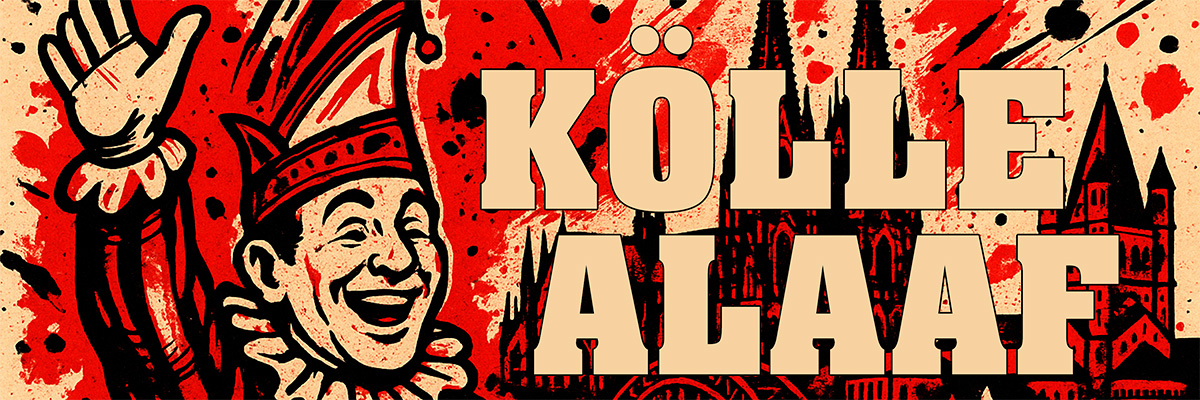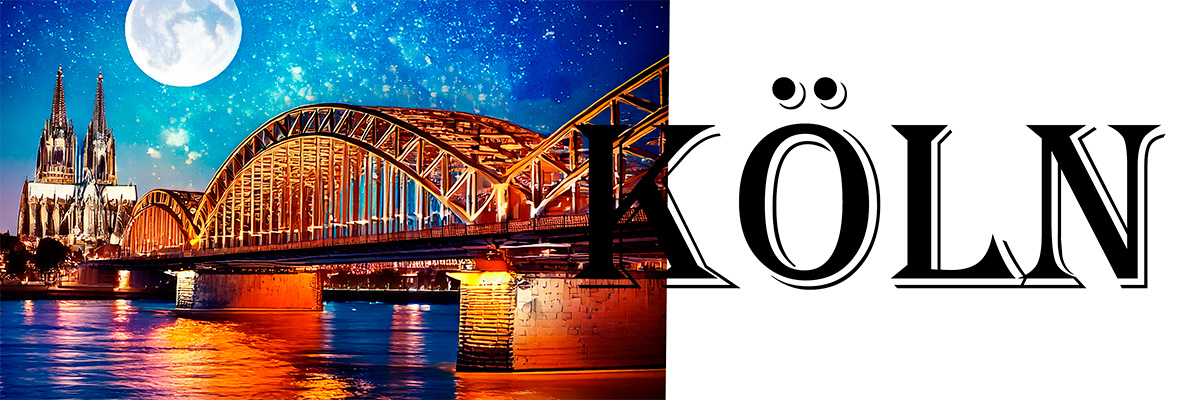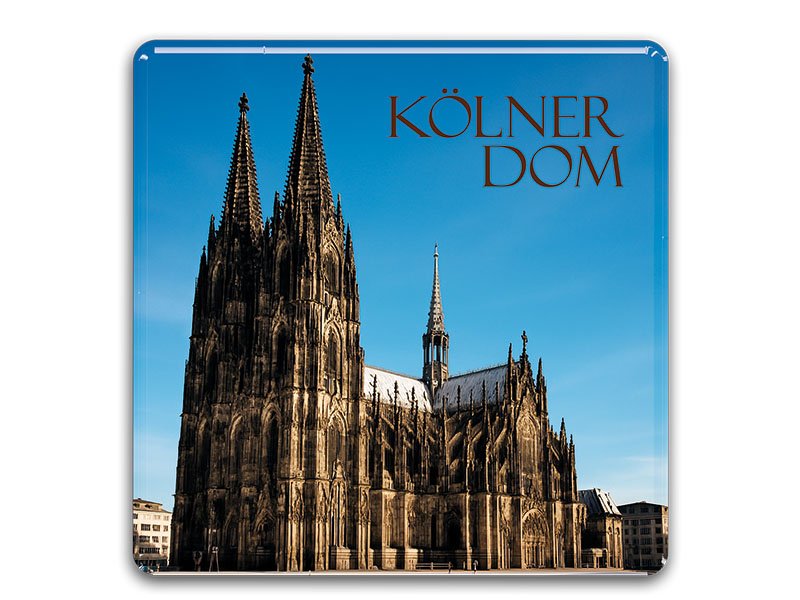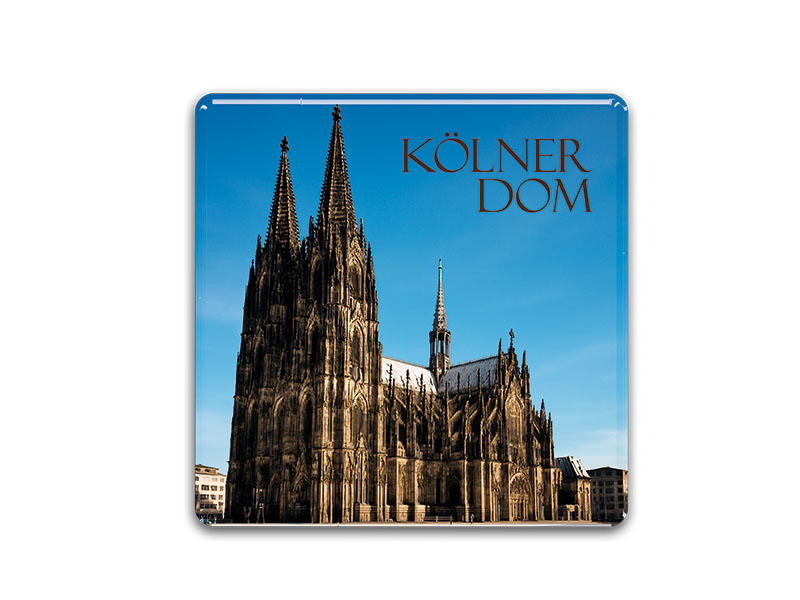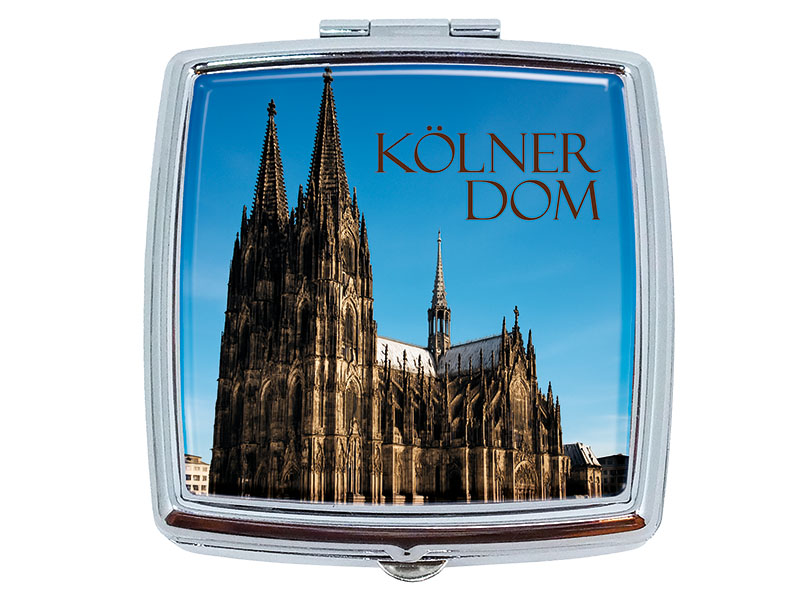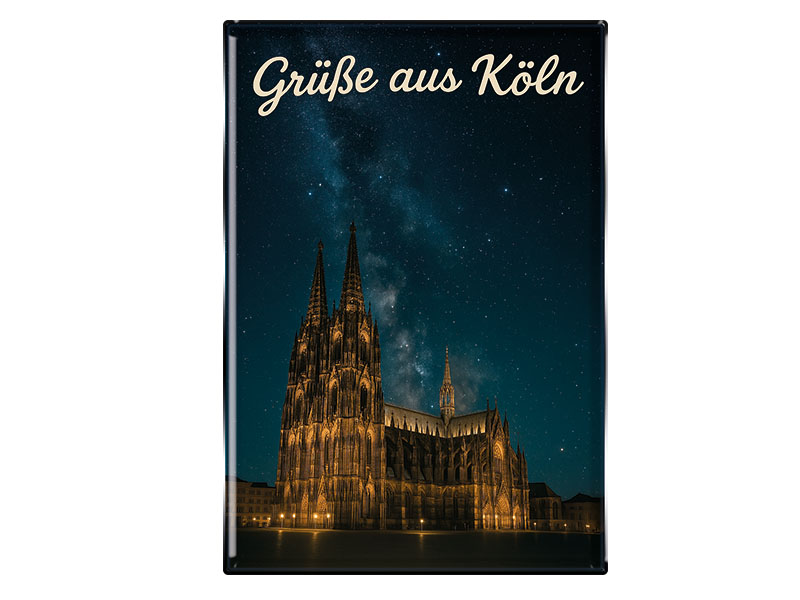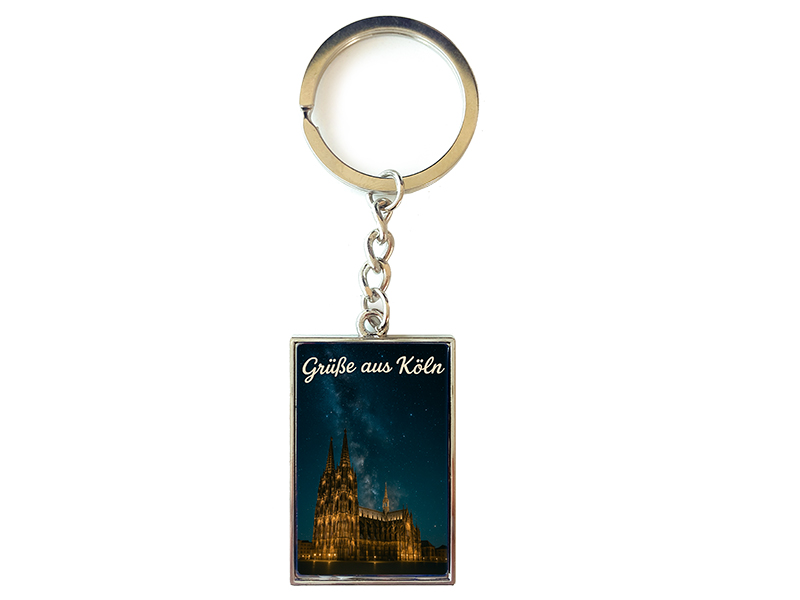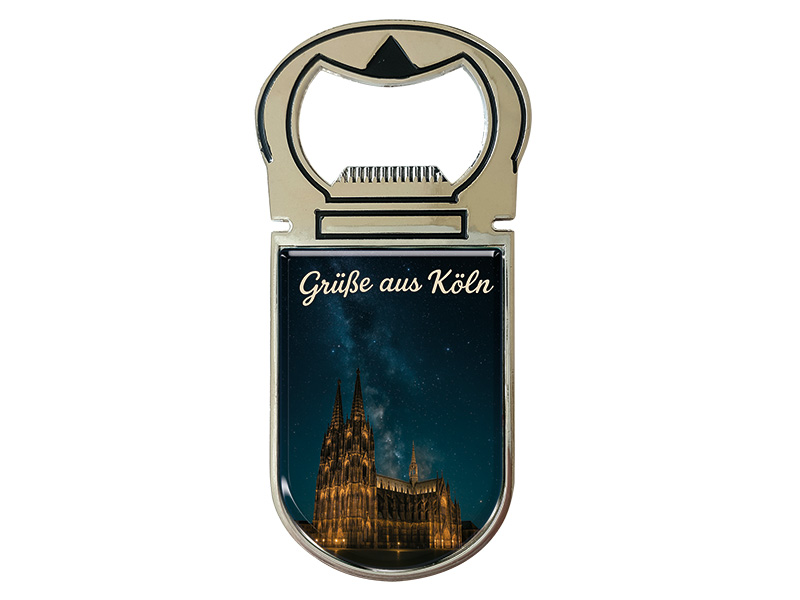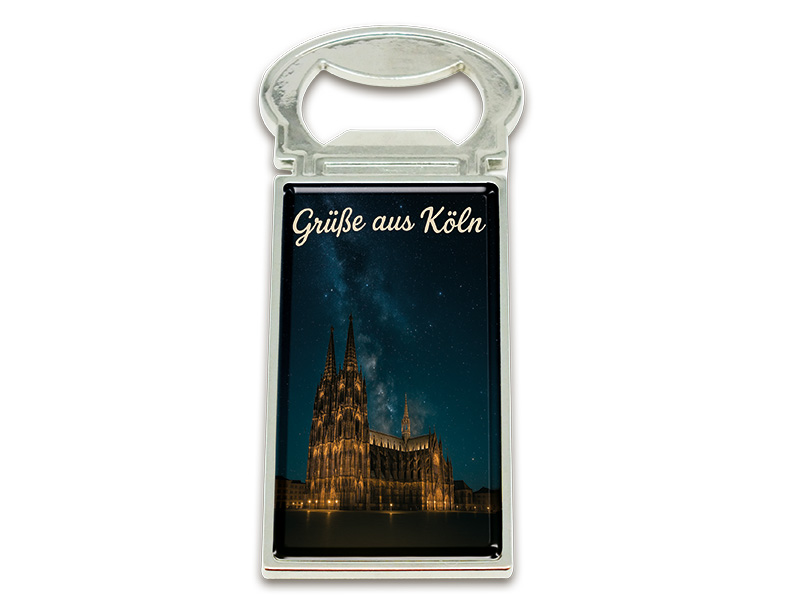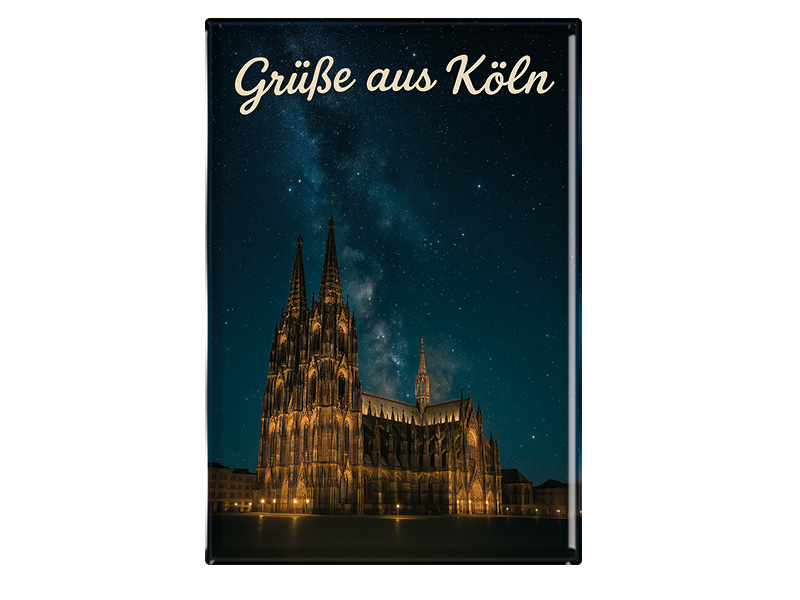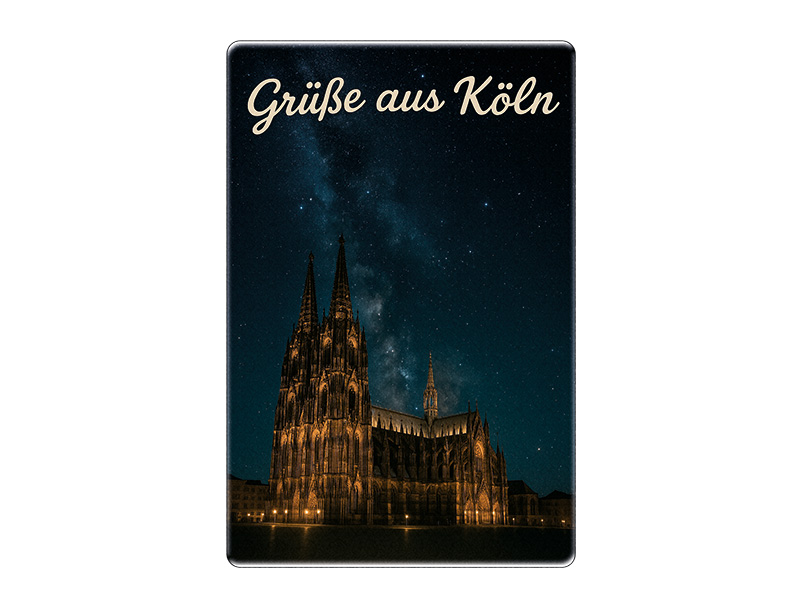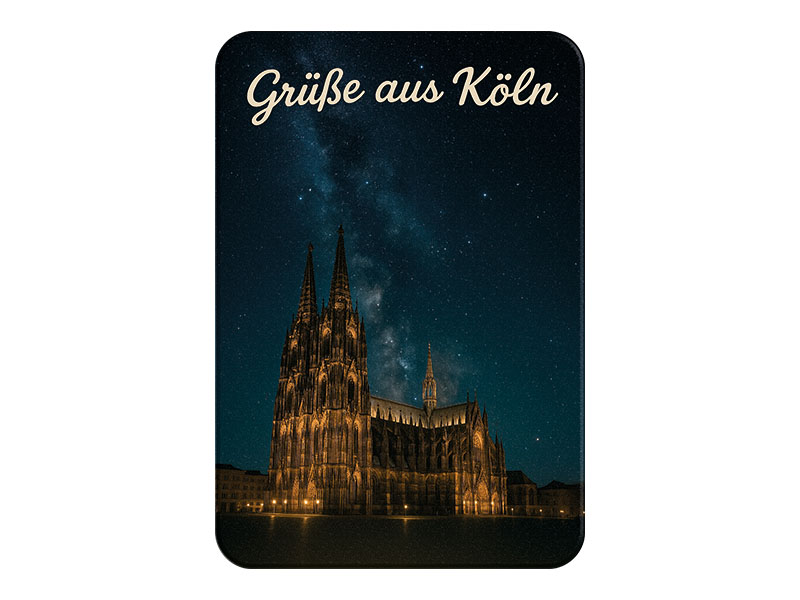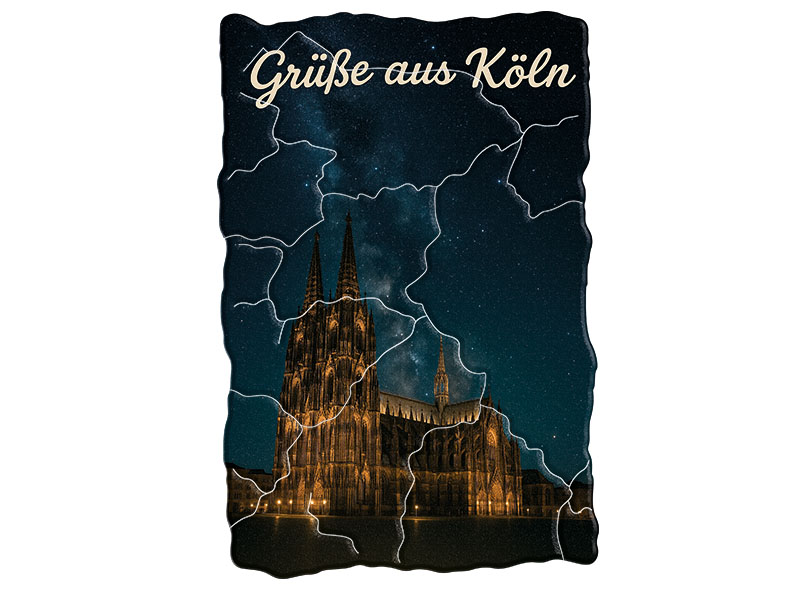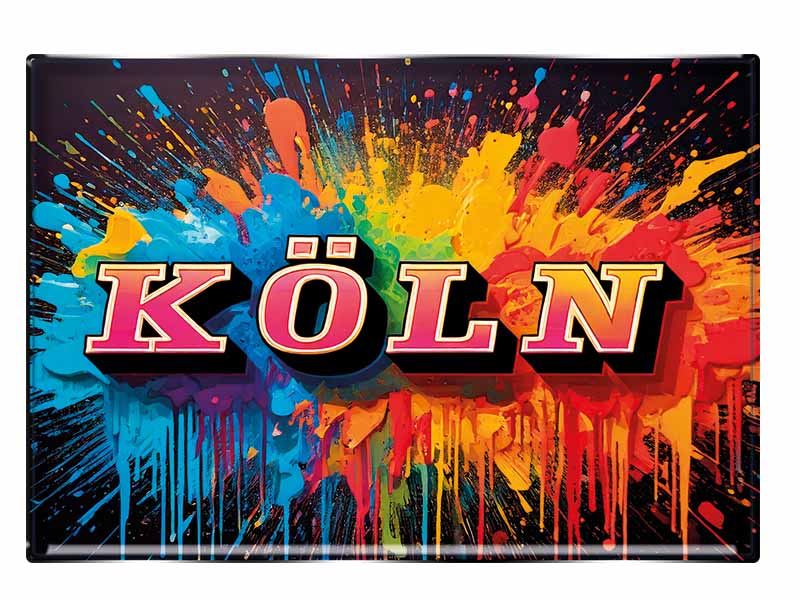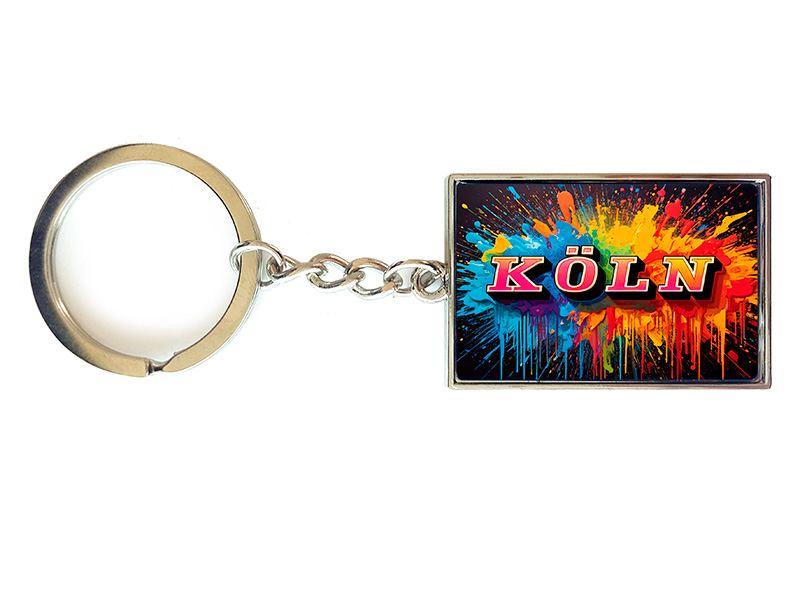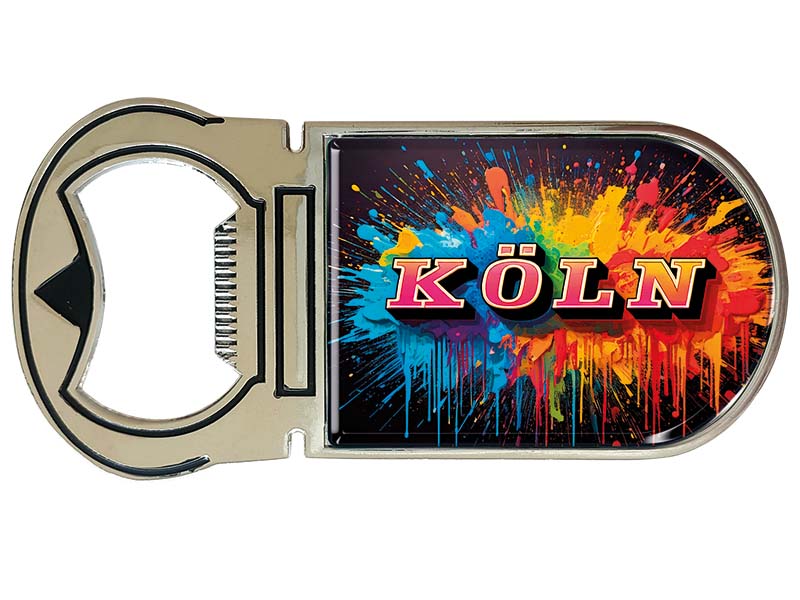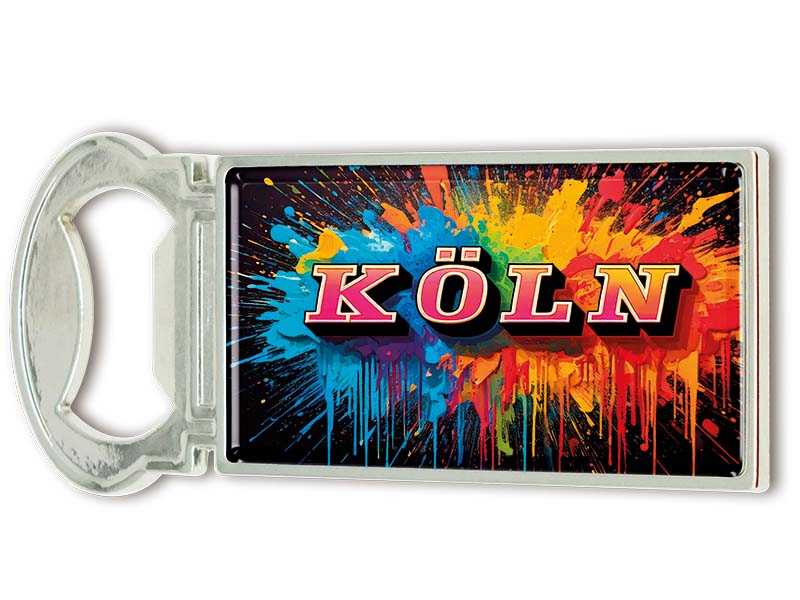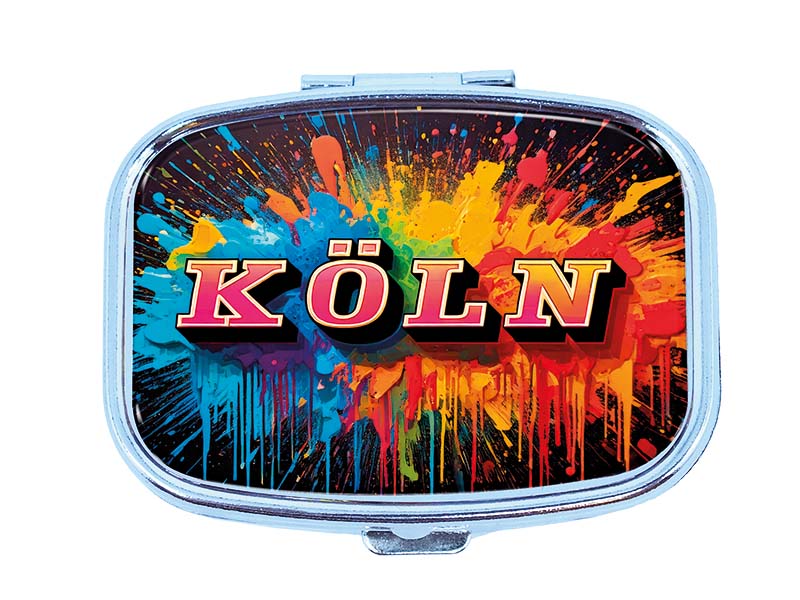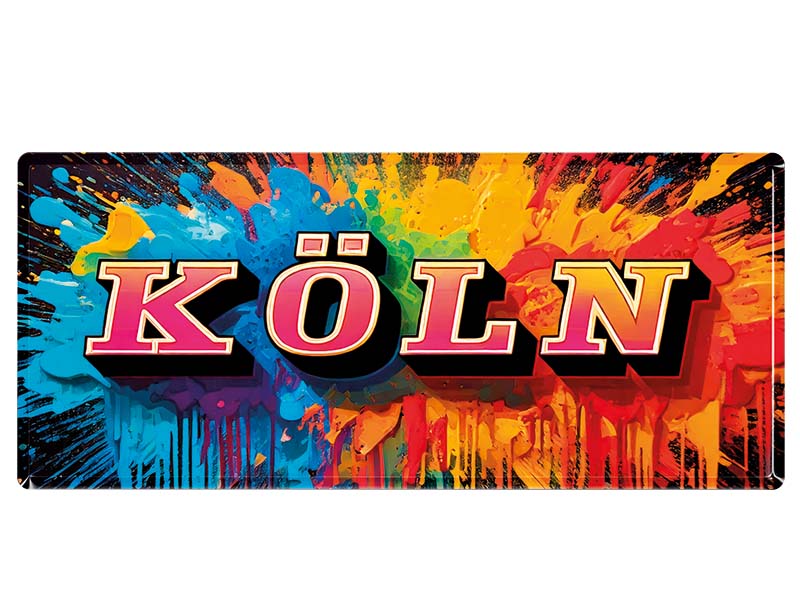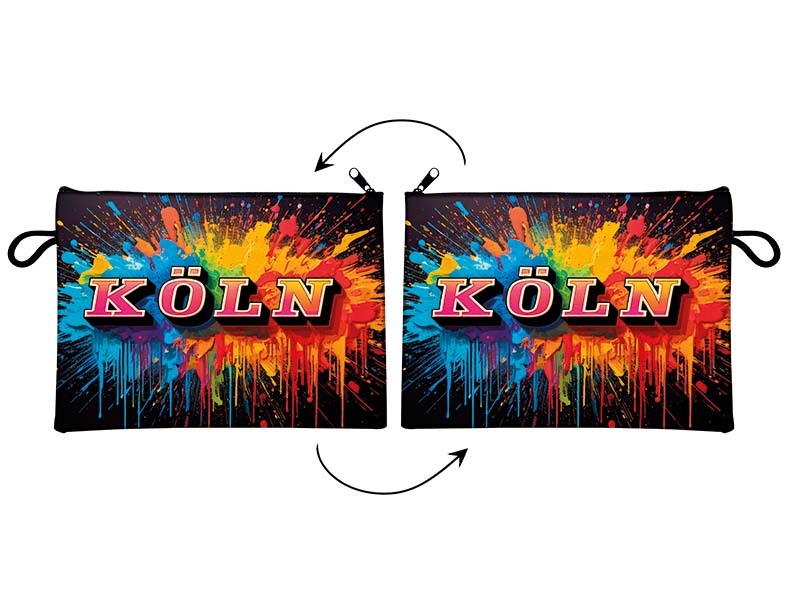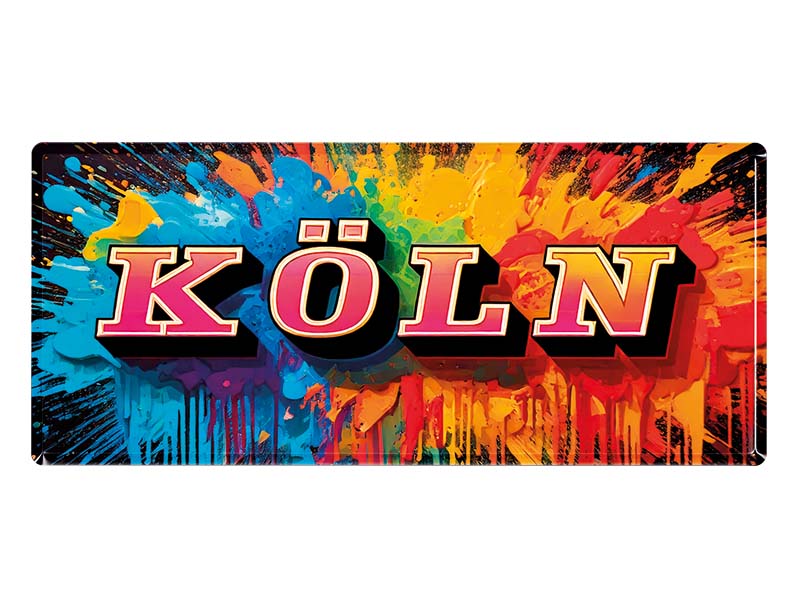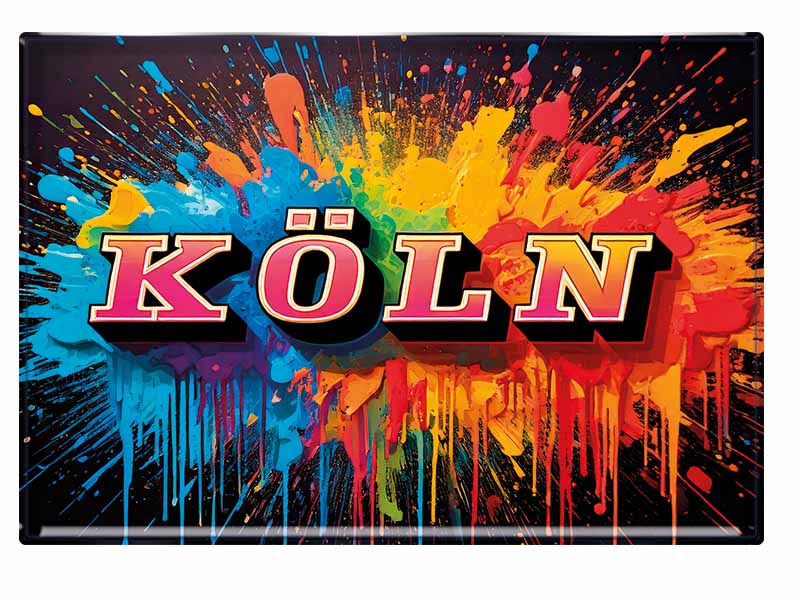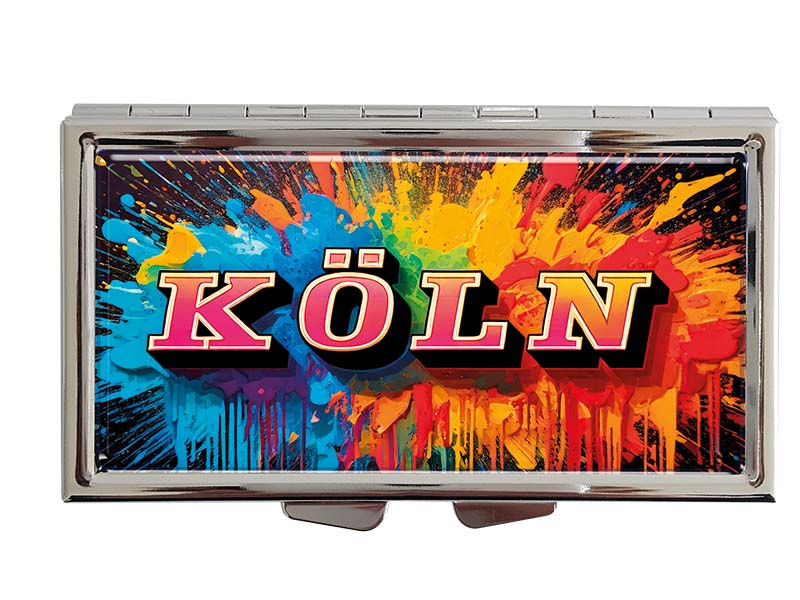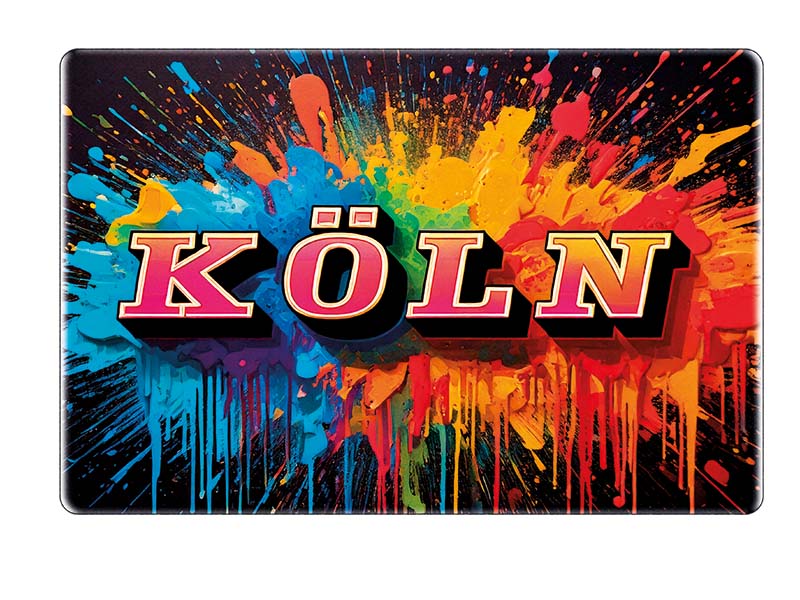- Vehicles
- Figures
- Witches
- Carnival
- Canvas
- Magnets
- Materials
- Maritime
- Hats
- New products
- Personalize
- Plush
- Dolls
- Collectible figures
- Keychain
- Special production
- %Special offers%
- Money boxes
-
Cities - Regions
- Bad Säckingen
- Bamberg
- Bayerischer Wald
- Berchtesgaden
- Berlin
- Bodensee
- Bremen
- Brocken
- Chiemsee
- Cochem
- Dinkelsbühl
- Dresden
- Eibsee
- Frankfurt
- Freiburg
- Gardasee
- Garmisch-Partenkirchen
- Hamburg
- Harz
- Heidelberg
- Helgoland
- Insel Mainau
- Kleinwalsertal
- Koblenz
-
Köln
- Königssee
- Leipzig
- Lübeck
- Mecklenburgische Seenplatte
- München
- Nürnberg
- Oberammergau
- Passau
- Potsdam
- Quedlinburg
- Regensburg
- Rothenburg
- Rügen
- Schwarzwald
- Stuttgart
- Sylt
- Titisee
- Traunsee
- Triberg
- Ulm
- Wernigerode
- Bags/Backpacks
- Textile
- Animal
- Subjects
More information? sign in.
More information? sign in.
More information? sign in.
More information? sign in.
More information? sign in.
More information? sign in.
More information? sign in.
More information? sign in.
More information? sign in.
Cologne – The Heart of the Rhineland with a Rich Past
Cologne (German: Köln), the fourth-largest city in Germany, is located in the western part of the country and is part of the federal state of North Rhine-Westphalia. With a population of over 1.1 million (as of 2024), Cologne is not only a major cultural and economic hub, but also a city with a history that spans more than 2,000 years, dating back to Roman times. Known worldwide for its Gothic cathedral, lively atmosphere, vibrant arts scene, and its legendary carnival, Cologne is a city that blends tradition and modernity like few others.
History and Origins
The origins of Cologne go back to 19 BCE when Roman troops established a military outpost known as Oppidum Ubiorum. In 50 CE, Roman Emperor Claudius granted the settlement city status and named it Colonia Claudia Ara Agrippinensium (CCAA), which eventually evolved into the name “Cologne.” Even in antiquity, Cologne was an important administrative and trading center of the Roman Empire. Numerous archaeological sites and artifacts, many of which are housed in the Roman-Germanic Museum, testify to the city’s ancient past.
During the Middle Ages, Cologne became one of the most significant cities of the Holy Roman Empire. It was a member of the Hanseatic League and played a crucial role in trade between Northern and Southern Europe. The construction of the Cologne Cathedral began in 1248 and was only completed in 1880, resulting in one of the most magnificent Gothic structures in the world. The city also served as a religious center, home to numerous churches, monasteries, and the Archbishopric.
World War II left Cologne heavily damaged—about 90% of the old town was destroyed. The post-war reconstruction shaped the city’s modern appearance, with a mix of restored historical buildings and contemporary architecture.
Geography and Federal State
Cologne lies in western Germany, straddling both sides of the Rhine River, with the historic city center on the western bank. It is geographically situated between the Eifel mountain range to the southwest and the Bergisches Land to the east. This strategic location makes Cologne a key transportation hub in Germany and Europe, with extensive road, rail, and air connections, including the international Cologne/Bonn Airport.
Cologne is part of North Rhine-Westphalia, Germany’s most populous federal state. It also belongs to the Rhine-Ruhr metropolitan region, one of Europe’s largest urban agglomerations with over 10 million inhabitants.
Population and Demographics
With around 1.1 million residents, Cologne is the largest city in North Rhine-Westphalia and the fourth-largest in Germany, after Berlin, Hamburg, and Munich. The city is known for its international and multicultural character: people from over 200 nations call Cologne home. This diversity is reflected in the city’s culinary offerings, events, and daily life.
Cologne is also a youthful city—not only because of its large student population, thanks to its many universities and colleges—but also because of its dynamic start-up and creative industries. At the same time, Cologne has a significant senior population, creating a unique blend of generations and lifestyles.
Major Attractions
The most iconic landmark in Cologne is the Cologne Cathedral (Kölner Dom), a UNESCO World Heritage Site and a masterpiece of Gothic architecture. At 157 meters (515 ft) tall, it was the tallest building in the world for several years in the 19th century. The cathedral houses the Shrine of the Three Kings and attracts millions of visitors every year.
Other must-see attractions include:
-
Old Town and Great St. Martin Church: Picturesque alleys, traditional breweries, and Romanesque architecture.
-
Rhine Promenade: A scenic riverside walk with views of the Rhine and the modern Crane Houses.
-
Museums: Museum Ludwig (modern art), Wallraf-Richartz Museum (old masters), and the Chocolate Museum.
-
Hohenzollern Bridge: Famous for its “love locks” and stunning view of the cathedral.
-
KölnTriangle: A tower with a panoramic observation deck.
-
Cologne Zoo and Botanical Gardens (Flora): Popular family destinations.
Cologne’s world-famous Carnival is a highlight every year, drawing crowds in the hundreds of thousands. The “Rosenmontag” parade is one of the largest in Europe and showcases Cologne’s festive spirit at its best.
Tourism
Cologne welcomes 3.5 to 4 million overnight visitors annually, not including countless day trippers. Tourists come from all over the world to experience the city's historical depth, architectural marvels, cultural offerings, and laid-back charm.
The city’s vibrant event calendar includes major trade fairs such as gamescom (the world’s largest video game event), photokina, and various music, film, and art festivals. Its mix of ancient heritage and modern lifestyle makes Cologne one of Germany’s top tourist destinations.
Famous People from Cologne
Cologne has produced or hosted numerous notable figures in the arts, sports, and entertainment:
-
Heinrich Böll: Nobel Prize-winning author, born in Cologne.
-
Lukas Podolski: International footballer and local hero.
-
Anke Engelke: Comedian and actress, grew up in Cologne.
-
Hape Kerkeling: Comedian and author, resides in Cologne part-time.
-
Bastian Pastewka: Actor and comedian associated with the city.
-
Kim Petras: International pop star, born in Cologne.
Cologne is also a media capital in Germany. Broadcasters such as WDR, RTL, and VOX are headquartered here, attracting many celebrities and media professionals to live and work in the city.
Traditional Food and Drinks
Cologne’s cuisine is hearty and influenced by Rhineland and Westphalian traditions. Typical dishes include:
-
Himmel un Ääd ("Heaven and Earth"): Mashed potatoes (earth) with apple sauce (heaven) and blood sausage.
-
Rievkooche: Potato pancakes, typically served with apple sauce.
-
Rheinischer Sauerbraten: Marinated beef roast with a sweet-and-sour twist, often containing raisins.
-
Halver Hahn: Despite the name ("half a rooster"), it’s actually a rye roll with cheese, mustard, and onions.
No culinary experience in Cologne is complete without trying Kölsch, the city’s signature beer. It is a top-fermented pale ale served in small, narrow 0.2-liter glasses called “Stangen.” More than just a drink, Kölsch represents local identity and sociability.
Typical Souvenirs
Visitors to Cologne often want to take a piece of the city home. Popular souvenirs include:
-
Miniature models or snow globes of the Cologne Cathedral
-
Kölsch glasses ("Stangen") from local breweries like Früh, Gaffel, or Reissdorf
-
Carnival merchandise: costumes, hats, medals, or figurines of the iconic comic characters “Tünnes und Schäl”
-
Original Eau de Cologne (4711): A famous fragrance brand with roots in the 18th century
-
Chocolate shaped like the cathedral, or local pralines
-
Rhine water in souvenir bottles: A humorous gift, rather than a practical one
Conclusion
Cologne is a city of contrasts and harmony: historic yet modern, diverse yet cohesive, relaxed yet energetic. From its Roman roots and medieval glory to post-war resilience and cultural vibrancy, Cologne stands as a symbol of openness, tolerance, and joy. Whether you're marveling at the cathedral, toasting with a Kölsch, or dancing in the streets during carnival, Cologne has a way of making every visitor feel like a local. It's more than a city—it's a feeling.

